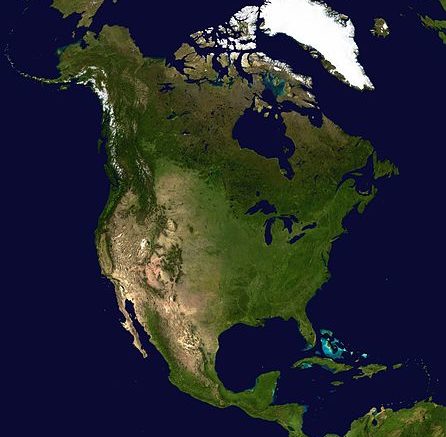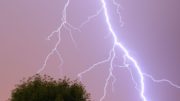Unless you watch absolutely no live TV whatsoever, you need to know about DMAs. Honestly, even people who are 100% streaming probably do, because there will be a time you want to know something immediate. That’s the thing about live TV vs internet… live TV always seems to provide something the internet can’t. And if you’re streaming local channels, you need to know about DMAs.
So what is a DMA, anyway?
DMA stands for “dominant market area.” It’s a term used to describe the borders between where you should get local channels from one market and stop getting ones from another. While the reality is that many places can get local channels from two cities, there’s one that really “counts” and one that doesn’t. When I say “counts,” I mean in terms of determining how much local channels can charge for ads.
The United States is carved up into 210 designated market areas, which are semi-official chunks of TV viewers. Why semi-official? They correspond fairly closely to the FCCs list of television market areas (TMAs,) but no one pays attention to the FCC here… they’re far more interesting in ratings and ad revenue and those come from Nielsen, who created DMAs.
Why does anyone care about this?
DMA’s are important because of the FCC-sanctioned idea of exclusivity, which says that if you own a TV station, you have the right to demand that no other station in your DMA show the same programming. There can only be one ABC, one NBC, et cetera. Even some of the syndicated programs (like The Drew Barrymore Show) are protected by this doctrine. You probably know what your DMA is, as they’re named either for the largest city in the region (like Detroit) or for the two or three largest cities (like Albany/Schenectady/Troy New York.) If you’re interested in how your area ranks, here’s the list of markets by size, thanks of course to Wikipedia.
Most of us don’t terribly care what our DMA is; it’s good to get our local news and sports. But some DMAs are really “overdrawn” like the Los Angeles, CA media market. This market reaches almost to the Nevada border, far beyond where broadcast signals can travel. Even if lowly Baker, CA (home to the world’s tallest thermometer, don’t you know) wanted its own ABC station, they wouldn’t get it — Los Angeles’ KABC has dominion over a huge area about the size of New England, and that includes Baker. Exclusivity means that the folks in Baker are just left out … in the heat (they couldn’t really be out in the cold, they’re in the middle of Death Valley.)
It’s all about money, of course.
DMAs are the most important part of the TV business, because each DMA has its own ratings book. Yes, people, it’s 2023, and you can still get your ratings in a book if you want. You can also download them if you pay for the privilege. Your ratings book tells you how many people watched your shows last quarter, and that helps you set ad rates. It’s a big fancy racket, really. Nielsen ratings are the only way for broadcasters to set ad rates, and ad rates are the only way TV stations get money from advertisers. TV stations do get income through other means like retransmission contracts. Funny thing, though, ratings determine those contracts too.
DMAs dominate the business of broadcasting, and that in turn, dominates how much you pay for pretty much everything. A little scary, right? Perhaps not the scariest thing in the world, but still…
If you’re looking to learn more about free live TV, you can get an antenna from Solid Signal! With a TV antenna, you’ll get local programming for free, with nothing more to pay. Antenna TV won’t go down if you have an internet or cable outage, and there are often up to 100 channels to choose from. Want to know more? Call the experts at 888-233-7563 or fill out the form below.





